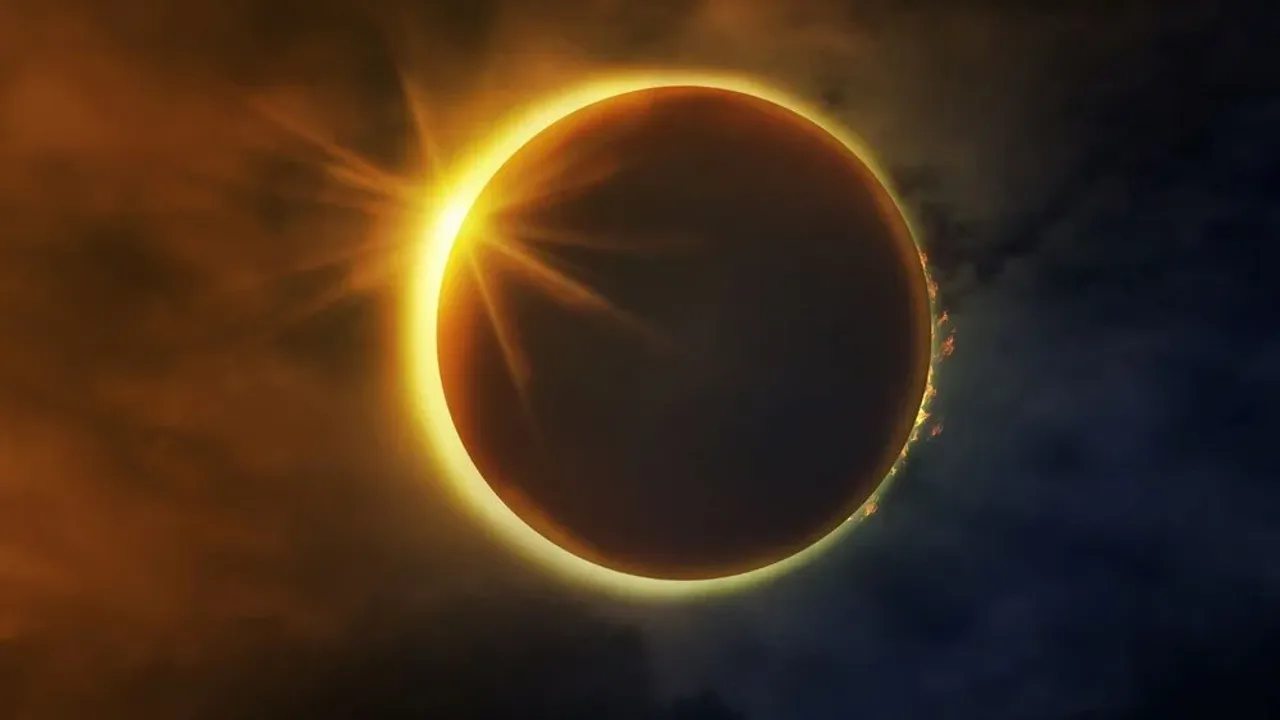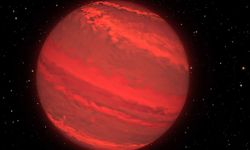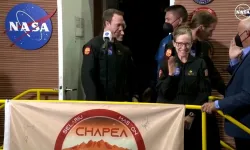On April 8, NASA will direct a very large radio telescope to the Sun during the eclipse, which will be visible from North America, and will also conduct experiments in which citizens will participate.
According to Forbes, NASA has announced "eclipse radio" science projects to study how the Earth's atmosphere will react to total and partial solar eclipses.
NASA announced the preparation of 3 "eclipse radio" projects that will use ground-based radio receivers to study the ionosphere, the part of the atmosphere ionized by solar radiation, between 60 and 300 kilometers high.
The ionosphere is formed when radiation from the Sun hits the atmosphere, increasing in intensity during the day and decreasing at night.
"The eclipse provides a unique opportunity to study the Sun's magnetic field and its effects on Earth's atmosphere," NASA scientist Dr. Sarah Gibson said in a statement. The 'eclipse radio' projects will provide valuable data to help us better understand the physics of the Sun and its impact on our planet."
34-METER RADIO TELESCOPE TO BE POINTED AT THE SUN
Using NASA's 34-meter Goldstone Apple Valley Radio Telescope (GAVRT), students from the Lewis Center for Educational Research in Southern California will use NASA's 34-meter Goldstone Apple Valley Radio Telescope (GAVRT) to study radio emission from the Sun's warmer outer atmosphere, called the Sun's inner corona, which can only be seen during total eclipses.
The telescope will detect small changes in the Sun's radio emission in the 50 percent eclipse region, not at totality, but during the gradual coverage of sunspots by the Moon.
This technique was used during the annular solar eclipses of May 2012 and October 2023, revealing details about the Sun that the telescope could not detect before or after the eclipse.
"An eclipse is special because as the Moon passes in front of an active region, the sharp edge of the Moon covers more and more of the structure in that active region," said Marin Anderson, NASA Jet Propulsion Laboratory (JPL) and GAVRT Solar Patrol scientist.
ECLIPSE EFFECTS ON THE IONOSPHERE WILL ALSO BE ANALYZED WITH HIGH FREQUENCY RADAR
The thinning of the ionosphere that occurs during solar eclipses will also be studied in an experiment using three of the international Super Dual Auroral Radar Network (SuperDARN), a network of 35 high frequency radars located in Kansas, Oregon and Virginia.
The 3 radars will send radio waves into the ionosphere and analyze the returned signal. These radars, located in different eclipse regions, will provide information about how different levels of the eclipse affect the ionosphere, how its density and temperature change, and how it moves.
AMATEUR RADIO AMATEURS TO STUDY THE EFFECT OF SUNLIGHT LOSS ON RADIO SIGNALS
An experiment conducted during the 2017 eclipse in North America revealed that radio signals can travel farther distances than at night. As part of the Ham Radio Science Citizen Observation (HamSCI), amateur (HAM) radio operators in eclipse regions will take part in an experiment to investigate the effect of the eclipse on radio signals. Amateur radio operators will participate in cataloging how the sudden loss of sunlight affects radio signals.
DURING THE ECLIPSE, THE INTENSITY OF RADIO BURSTS EMITTED BY THE SUN ALSO DECREASES
Another experiment will focus on radio waves from the Sun. The Sun can also be imaged with the help of radio waves.
With the "RadioJOVE Citizen Scientist Project", long-wavelength radio bursts from the surface of the Sun will be captured by radio receivers on Earth. These radio signals are normally altered as they pass through the ionosphere, but in this experiment, participants will use radio antenna kits to measure the intensity of the energy bursts before, during and after the eclipse.
A similar experiment in 2017 found that the intensity of radio bursts decreased during the eclipse.
APRIL 8 TOTAL AND PARTIAL SOLAR ECLIPSE
The total solar eclipse that will be visible in North America on April 8 will start over the South Pacific Ocean. The eclipse path will start to be seen from the Pacific coast of Mexico, then move northeast of Texas and then move towards Canada through New York and the state of Maine.
The partial solar eclipse will be visible across North America.
















